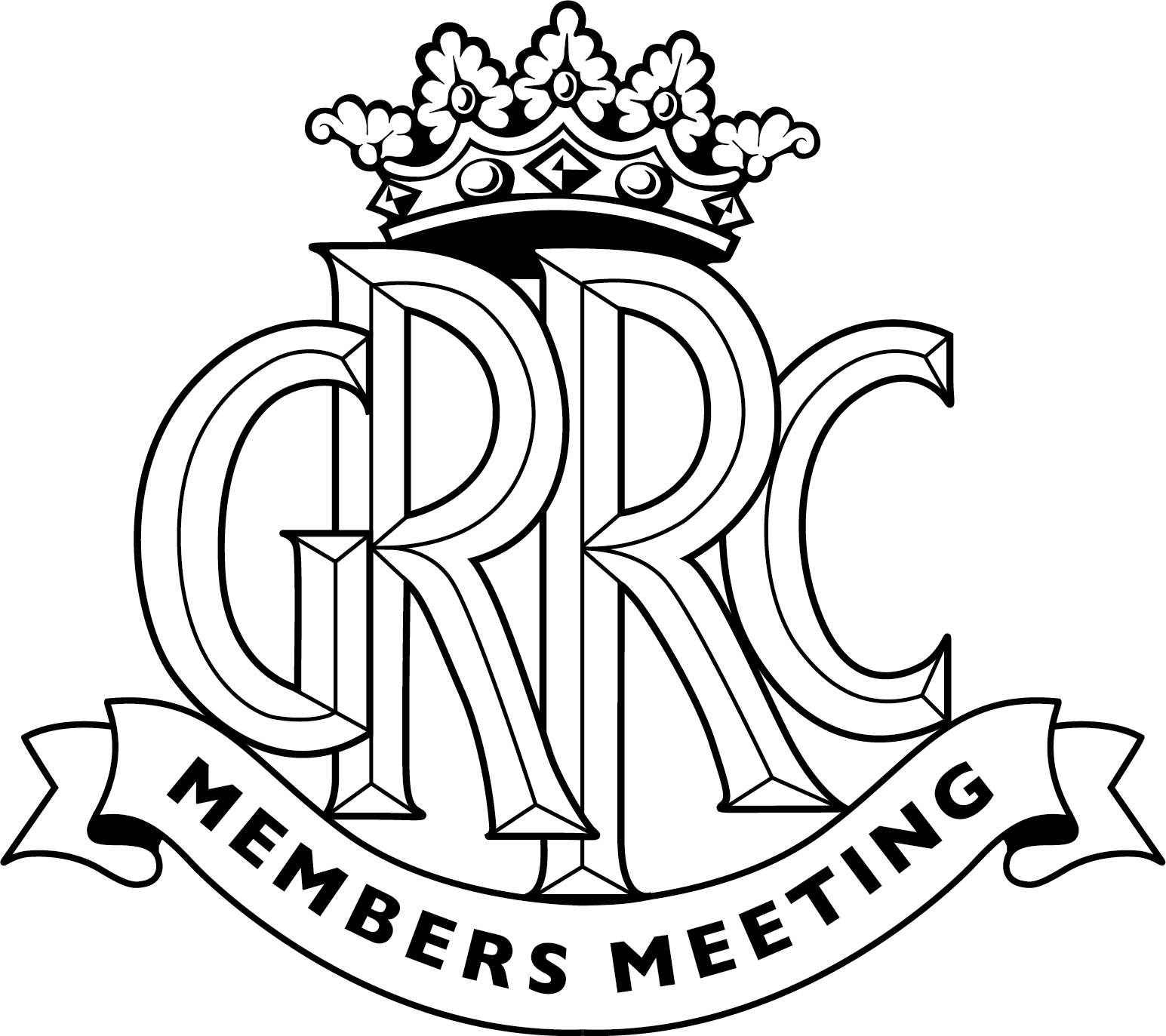John Simister: Why LED headlights are dangerous
Headlights. Have those on new cars become too bright? They have, according to the RAC's research which reveals that 65 per cent of motorists have been dazzled by the latest-technology headlights even when they are dipped.

The increased brightness has come about through the use first of high-intensity gas-discharge bulbs (HIDs), which arrived around 20 years ago, and now through LEDs which are what has tipped headlight brightness over the edge. With a regular tungsten bulb, including the usual modern quartz-glass version filled with a halogen gas which allows a brighter filament without burning out, limits are set by stipulating a maximum wattage. But the new technologies use much less power, so they can be much brighter while still offering energy savings and appearing to meet the rules.
That sounds like a win-win, but it's anything but if you're being dazzled by a new-tech LED array. Which is why the UN Economic Commission for Europe is looking at ways of limiting the new lights' brightness and dazzle potential, armed with proposals from UK governmental research.
This will be good news for all, including – perhaps paradoxically – those who drive the new cars. You might assume that brighter is better from behind the wheel, but it isn't necessarily so. Recently I was driving a new Range Rover Velar at night, with LED headlights bright enough to disturb sleep patterns in the next county, but beyond the intensely-illuminated, and unusually broad, beam pattern I could see hardly a thing. It had the sharp upper cut-off usual in a dipped beam of the post-1960s era, which meant the contrast between what was lit and what was not was huge. My eyes simply couldn't decipher what lay beyond the blaze.

So it is that driving my Stiletto (four Cibié halogen headlights, recent of manufacture but not in design) or my Saab 96 (Wipac Quadoptic halogens) at night is actually easier. The contrast is gentler and the cut-off isn't quite so sharp, allowing a little light scatter to fall on shapes beyond the beam pattern without actually dazzling anyone, so you can sense better what's around you. You really don't need lights any brighter or cleverer than this, even in a properly fast car.
And then there's that other major problem with the latest high-dazzle headlights. They tend to be fitted to tall SUVs, because that's what people think they need to buy nowadays. So when an SUV is closely following what I still think of as a normal car, which means one of relatively low height as most classics are, that normal car's interior mirror can seem as though it's about to melt. It's dangerous and intimidating for its driver, and rude on the part of the dazzler as I felt all too keenly when driving that Velar. There's a minimum-height requirement for headlights already, but there should be a maximum-height one too.
Fifty years ago, when the new-fangled 'quartz-halogen' bulbs appeared, a few people thought that they, too, were unnecessarily bright. But opprobrium was much less vehement than it is for today's latest headlights, because the problem was much less severe. That people complained at all was really only because the new halogens, combined with the 'continental' cut-off at the top of the dipped beam and the upward kick of the pattern towards the kerb, were so different to drive behind from the warm, fuzzy light-pools of the Lucas 'sealed-beam' headlights that most Brits were used to.

That said, if they are aimed correctly and are fed with the full complement of volts undimmed by ageing wiring and corroded connections, even those sealed-beam headlights (in which the entire unit is one big bulb) aren't as hopeless as you might think, especially if your car has four of them. They're a bit short on beam width and main-beam range, but it's by no means essential to bin them as some classic-car owners seem to think. The main reason for doing so is when they fail, because decent new ones are hard to find.
If you do fit new halogen headlights, please don't fit the very cheap ones (mentioning no names) because you'll find they are no better, and may well be worse, than what you had before. Lens and reflector design counts for a lot. And whatever headlights you use, it's well worth wiring them through relays so the considerable current they require is fed directly from a robust power source rather than via the hard-worked, overloaded light switch. You might be surprised at how much brighter your headlights become.
Finally, on headlight matters, please don't be tempted by the various aftermarket HID (and now LED) conversions available for headlamps intended for halogen bulbs. They will dazzle, because the light source is in the wrong place relative to the reflector, and they are illegal for road use.

Some favour LED bulbs for other functions, such as sidelights, tail lights, brake lights and indicators, but strictly speaking they are illegal in cars young enough to have E-marked light lenses, which means 1970s and later, unless the car was designed to have them. Also, the instant change from unlit to fully bright looks wrong and harsh on a classic, in which you expect a more gradual rise and fall in intensity. That said, it's a nicety perhaps worth sacrificing if it means that a following driver can react to your braking more quickly.
Dear me… will I be advocating high-level brake lights for classics next? My heart says no. My head is undecided.
John Simister
Headlights
Range Rover
Velar
Saab
96





